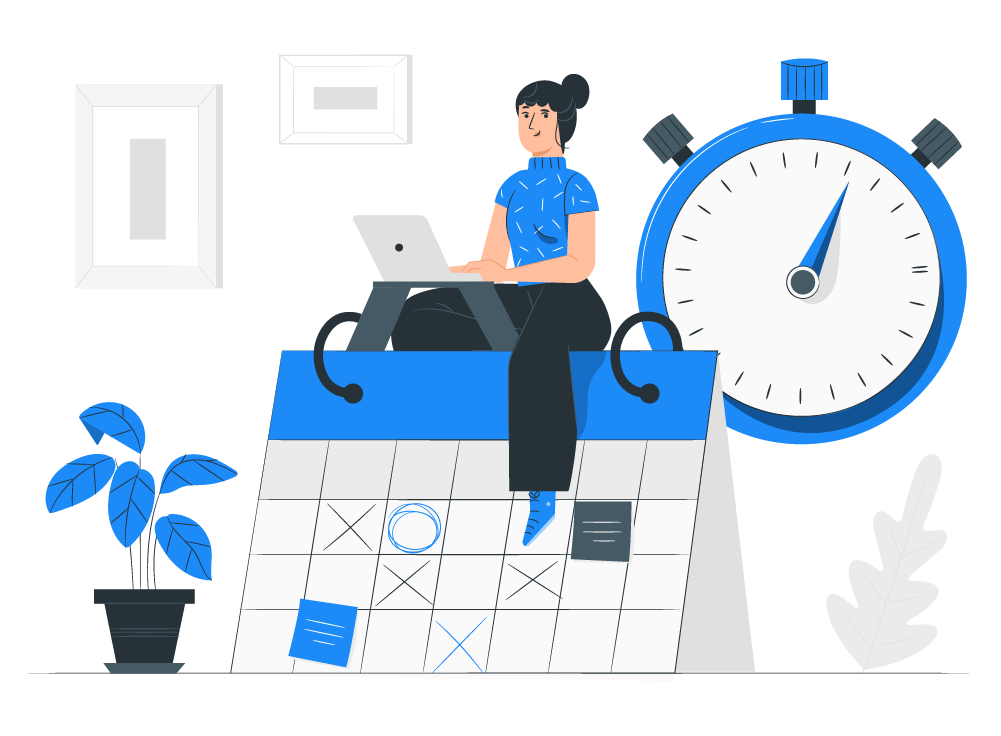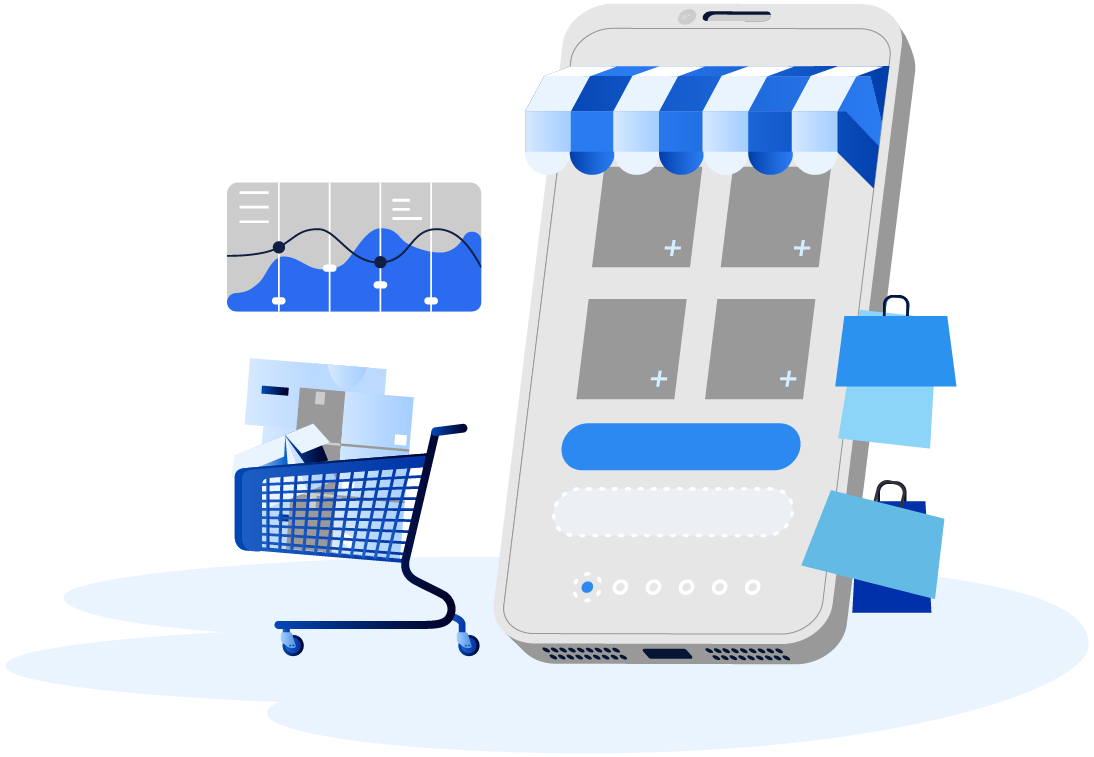Customer service is the connection that you form with a consumer, by what you say and do, through branding, marketing, sales, and support. Customer service starts when the consumer knows about your brand and product and ends when the consumer forgets.
Customer service can be as different as the products and personalities of the organizations that provide it. Take two well-known examples: Amazon ecommerce and Disney theme parks.
Amazon stays out of your way as much as possible. The retail giant makes it easy to buy and offers low prices by ruthlessly optimizing operating costs. Its customer support is top-notch and acts fast to resolve problems, but you’ll rarely have the occasion to experience it. The platform is designed to prevent and handle issues so you don’t need support. Amazon doesn’t sell different products, it sells the same products differently.
Disney created a sophisticated system, guestology, to help create a unique experience in their theme parks. It has even its own terms: visitors are guests and employees are cast members, for example. Unlike Amazon, price isn’t the focus. Disney differentiates themselves based on the unique product it offers, not on its prices or efficiency.
Even with examples as different as Amazon and Disney, customer service in general has the same set of goals:
- Offer something that customers want, need, and appreciate.
- Effectively set and consistently meet customer expectations for a particular set of products.
- Add extra touches wherever possible to exceed expectations and stand out among the competition.
Disney’s magic, Amazon’s efficiency, Aldi’s mysterious appeal – all come from deep customer understanding and a clear strategy
What does customer service include?

Branding
Branding sets the tone for future interactions. If that tone stays consistent through marketing, sales, and support, then branding benefits customer service as a whole.
However, if your tone changes, it could hurt the quality of customer service. For example, if you imply your brand is direct and to the point, but conversations with customer support are long and meandering, some customers will feel misled, even if your chatty support staff are friendly and charming.
Stay on brand and you’ll keep your promise to customers, strengthen your brand image, and help customers remember who you are.
Make sure there are clear guidelines for creatives in your company.
Marketing
The promises you make in marketing campaigns, and how you make them, will affect how you sell and support your products. Customers will ask about promotions, advertised features, and even slogans.
Marketing should be done in a way that fits the tone and content of other interactions that customers have with your company. Marketing departments and agencies need to work closely with other teams so that customers have a consistent experience as they move through marketing and sales funnels.
Content Marketing
Content marketing means creating articles, guides, videos, etc. that are useful to customers while not directly promoting your products. It’s a popular form of marketing and branding and important for search engine optimization. It’s also a unique way to serve customers.
Better informed customers are sure to make better use of your products, especially if you spend lots of time crafting accessible and useful content. It’s a win-win situation where customers will positively remember who you are and what you do while also associating your brand with their own successes.
Sales
Sales is more than transactions. Each sale is an opportunity to create a lasting connection.
The reasons for high conversion and retention rates are found before, during, and after the sales process. The way you sell should fit perfectly into the experience you offer customers.
Customer support
Customer support is the part of customer service concerned with responding to product questions before and after purchase. This could be in the form of a real-time conversation by chat or phone or it could be through email or a help center.
TWhatever the form of customer support, it should match the tone and personality of all of your communication.
Customer support and customer service are often considered to be the same thing. They are not. Customer service is a broader idea that covers the whole relationship between you and your customer. Customer support is just one part of that relationship.
Customer success
Customer success is similar to customer support, except that it puts a larger emphasis on anticipating and preventing problems. It also involves looking for new opportunities to better serve customers.
Customer success departments are also usually given more room to work than customer support. Whereas support staff are focused on technical problems and their solutions, customer success could talk with groups from marketing all the way to product engineering in search of ways to improve customer service.
Other concepts connected with customer service

Customer experience
Customer experience is how a customer feels during customer service. Customer experience concerns all interactions, such as during marketing, sales, and support. It includes how the customer feels during any given moment, as well as the overall impression they have of your brand and product.
Customer journey
Customer journey is the path a consumer goes through as they develop a relationship with your brand and product. This includes all the interactions a person has with you, direct or indirect, such as a chat on your website or reading an article about your product. Unlike customer experience, customer journey is about the hard facts of that path and not about what the customer feels at any particular part of the path.
Real people are messy. They often won’t follow a customer journey planned out for them by some marketing or sales department. There is The Customer Journey and then there is each customer’s journey. When we say customer journey here, we mean all possible options. So it could include the neatly planned journey but it could also include any other possible variations.
Customer satisfaction
How do you tell if a customer is satisfied? You ask them. Or you observe what they do. Or both.
The American Customer Service Index (ACSI) is based on customer surveys going back to 1994. It is the generally accepted standard for customer satisfaction across many industries. Net Promoter Score (NPS) has also emerged as a popular way to measure customer service. The NPS method is much simpler than ACSI surveys, but is also based solely on asking customers what they think.
However, asking customers what they think is full of problems. People change their mind quickly and often have trouble with expressing their thoughts well. So while surveys are worth using, it’s also important to see what customers do, no matter what they say. For example, they may say they don’t like the customer service of some store, but still buy frequently from it.
We’ll talk about both approaches as each is worth understanding and using.
Ask customers what they want and pay attention to what they do – the two results are rarely the same











